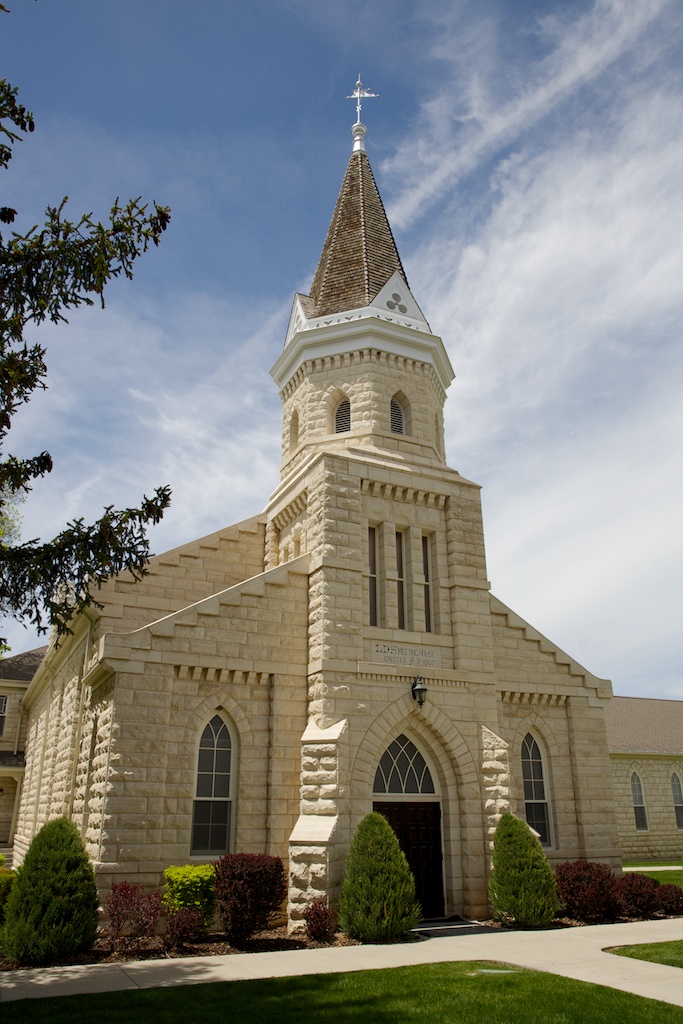Last updated on: May 22, 2014 at 7:25 pm
By
William Hamblin
Kent Brown, professor emeritus at BYU and a leading scholar on the New Testament and Coptic Egypt, has just finished his magnum opus, a commentary on Luke. Catholic New Testament scholar Stephen Webb, formerly Professor of Religion and Philosophy, Wabash College, Indiana describes the book as follows: “Prof. Brown’s Commentary is, to put it bluntly, an astonishing achievement, indeed, one that I cannot do justice to. . . . It is a book that, if it finds the audience it deserves,... Read more














Commentary on Luke
Kent Brown, professor emeritus at BYU and a leading scholar on the New Testament and Coptic Egypt, has just finished his magnum opus, a commentary on Luke. Catholic New Testament scholar Stephen Webb, formerly Professor of Religion and Philosophy, Wabash College, Indiana describes the book as follows: “Prof. Brown’s Commentary is, to put it bluntly, an astonishing achievement, indeed, one that I cannot do justice to. . . . It is a book that, if it finds the audience it deserves,... Read more